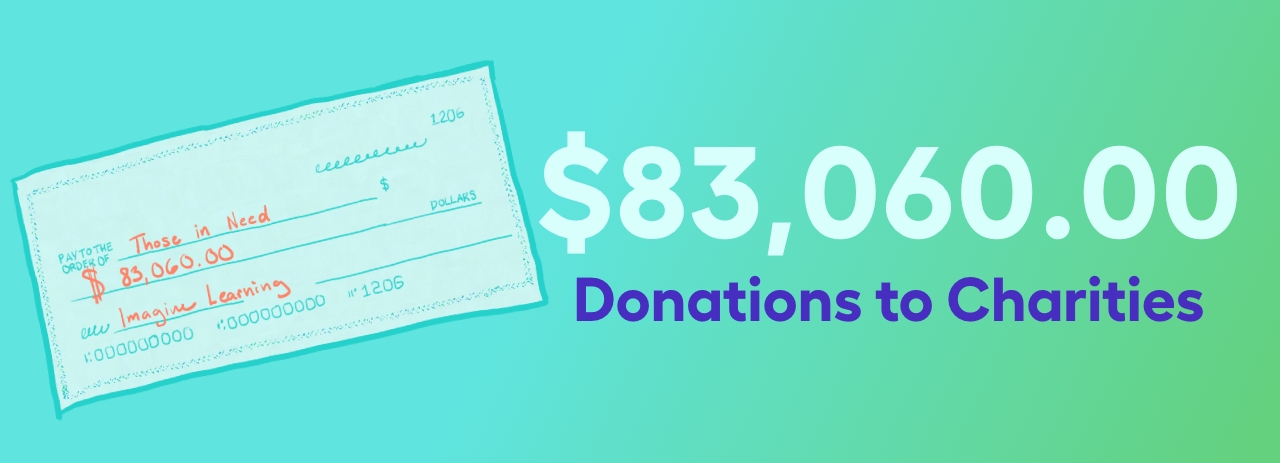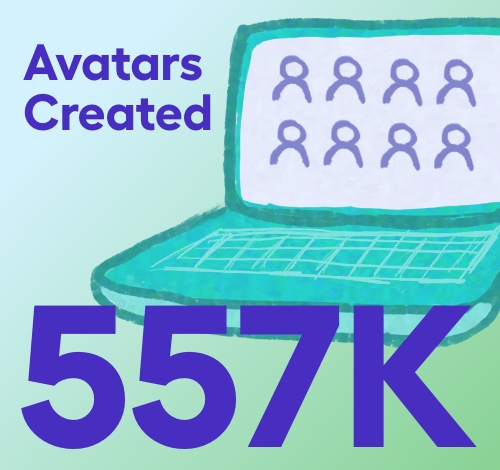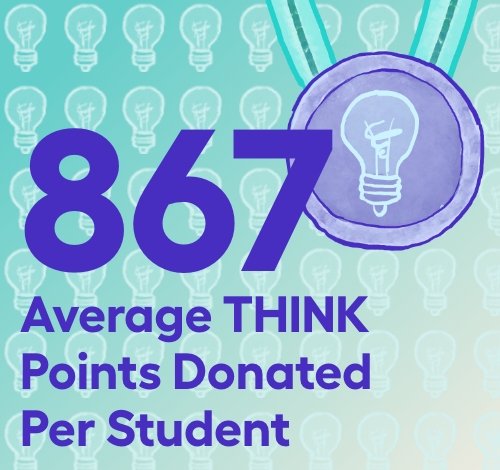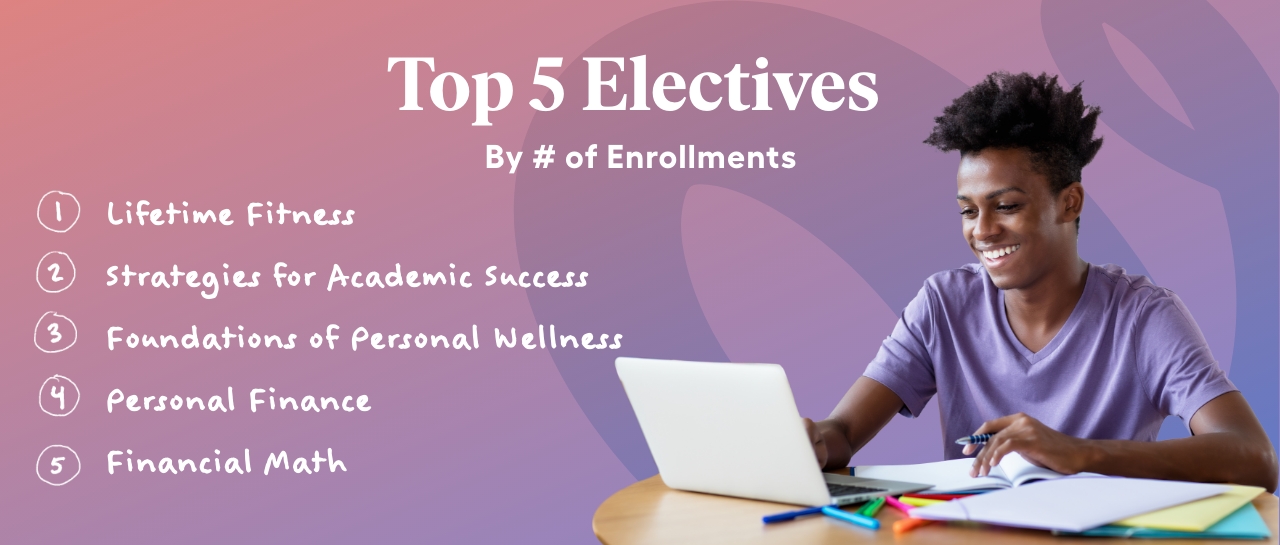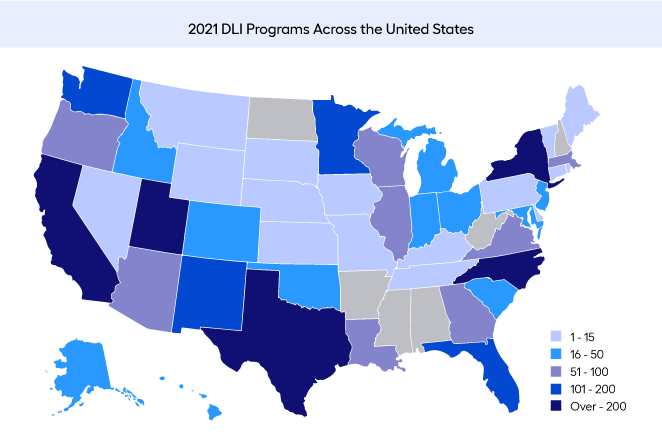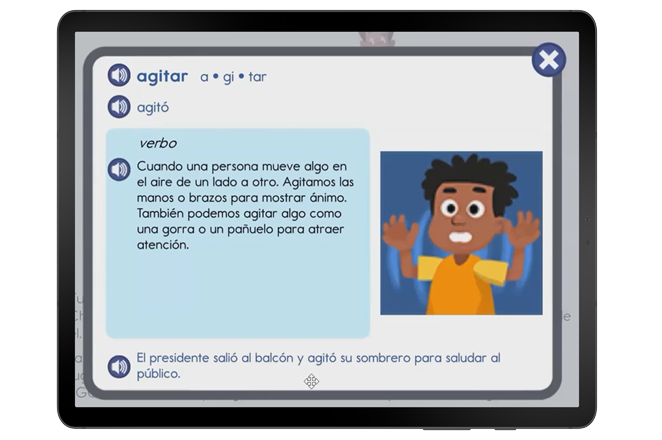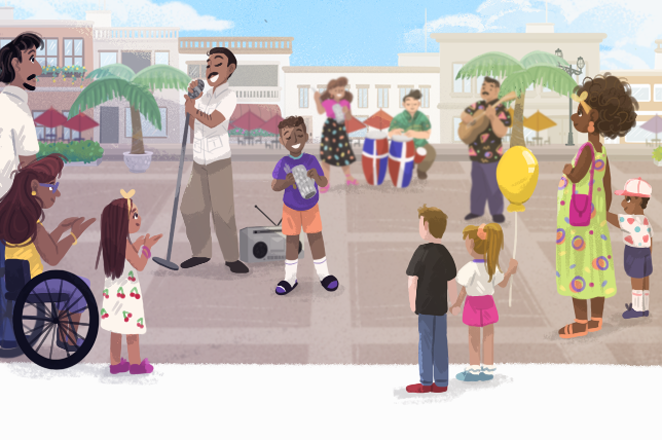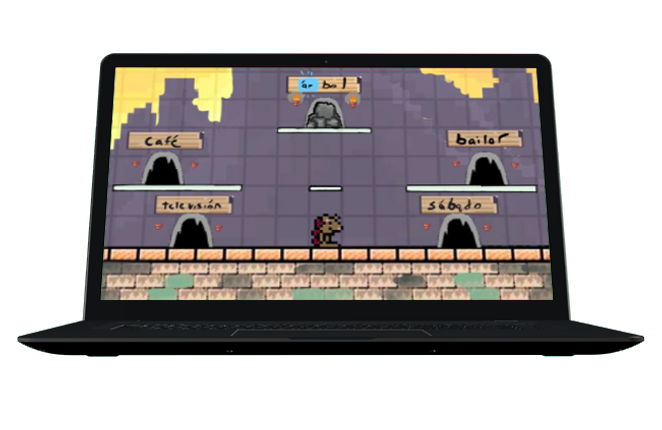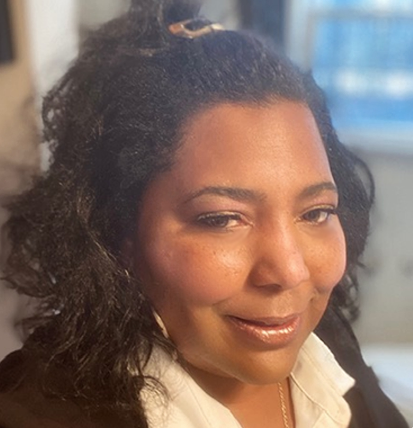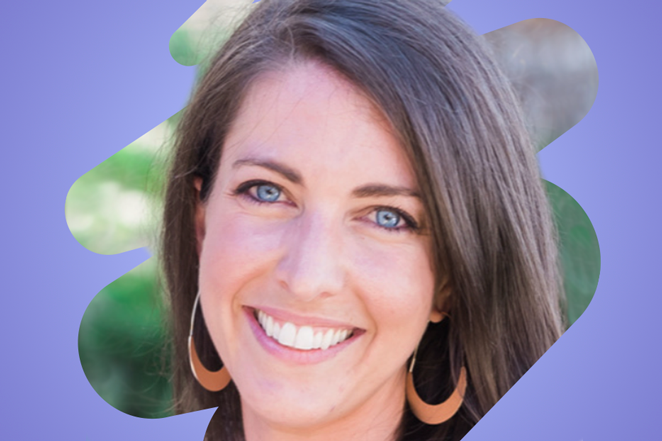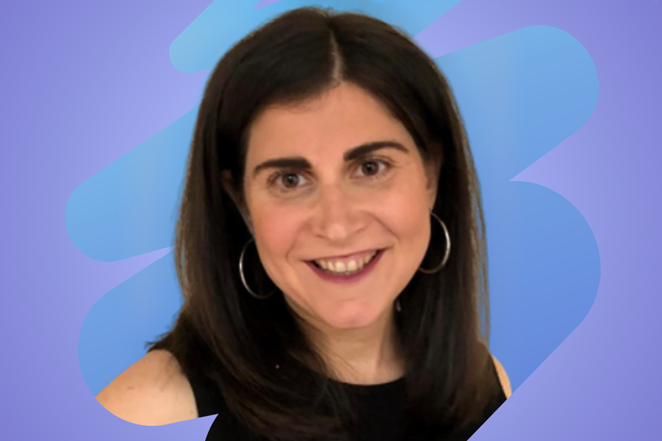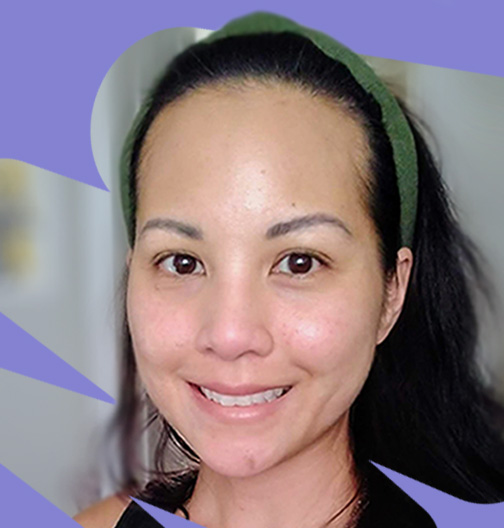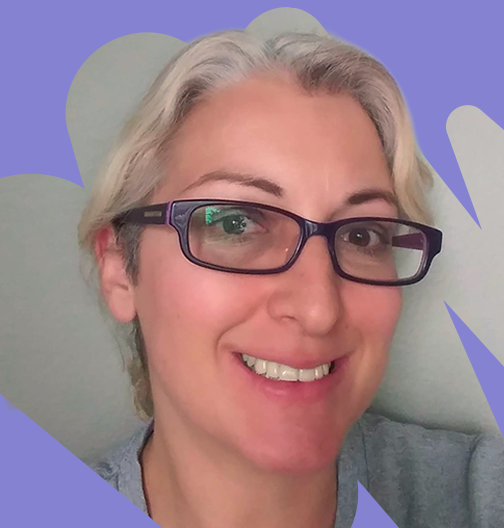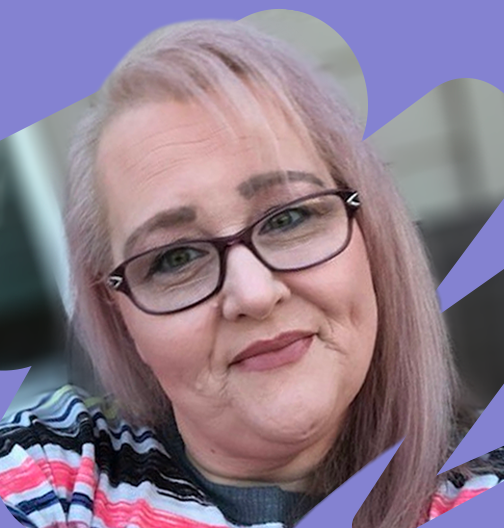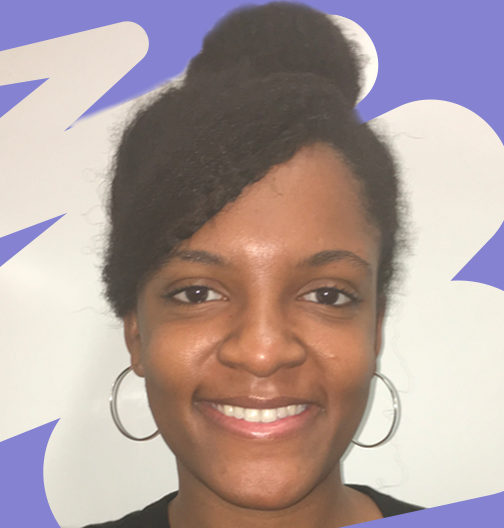August 5, 2022 8:00 am
How Admins Can Care for Teachers
Teachers face heavier workloads and low morale due to shortages and peers leaving, so we’ve compiled strategies for administrators challenged with caring for staff who have remained in the classroom.
We’ve all had that coworker who makes a tough job easier — a ‘foxhole buddy,’ if you will. You know that no matter what the day throws at you, at least they’ll understand. When they move on to other opportunities, you’re often left feeling abandoned and searching for new methods for getting through hard days.
With so many educators opting out these days, the remaining teachers face that awful ‘left behind’ feeling. Peer relationships are a big part of the educator experience, and when that social fabric is torn, individual and community morale takes a big hit. Leigh McLean, an assistant research professor at the Center for Research in Education & Social Policy at the University of Delaware, has found that having colleagues whom teachers can turn to for help boosts mental health, so it follows that when teammates depart (especially when due to burnout), it can weaken the wellness of those who are left.
Administrators are already tasked with filling vacancies and addressing staff-to-student ratios. While that’s essential to serving students, caring for their teachers’ frames of mind is also at the top of the ‘must’ list. So, what are some strategies for meeting this challenge?
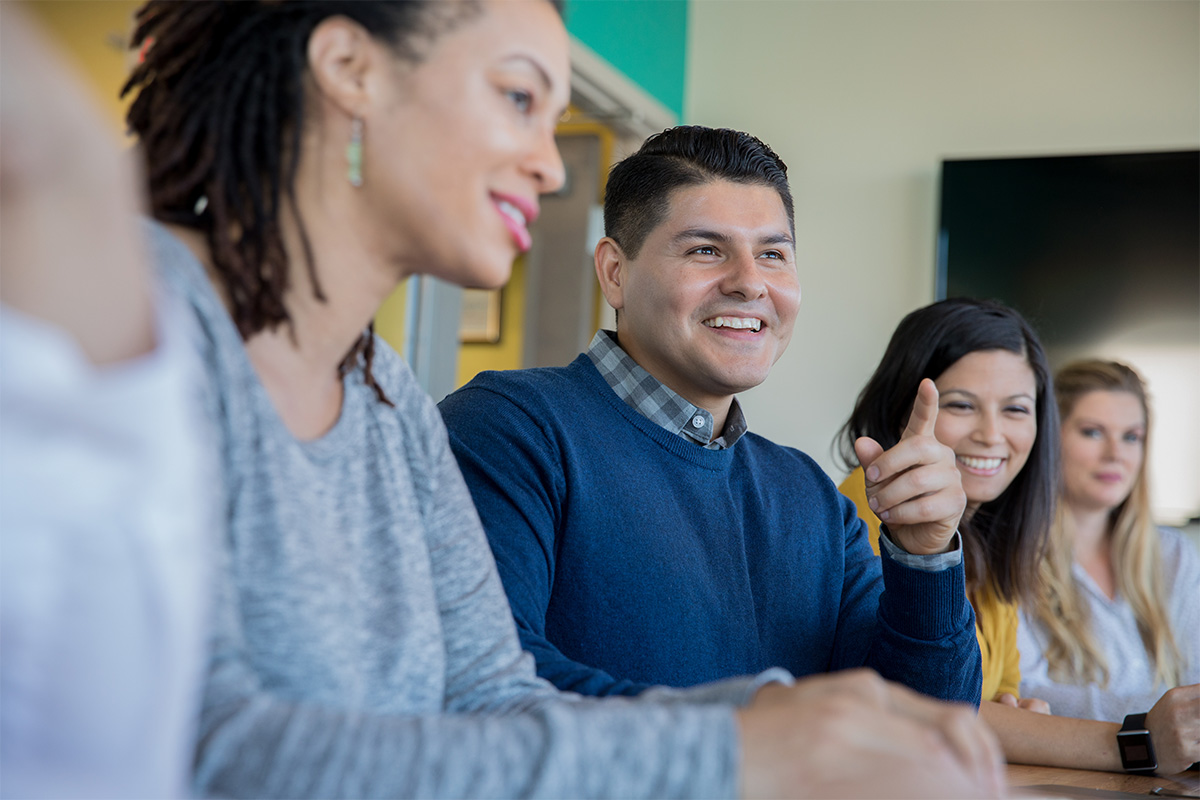
Time Well Spent
I asked a retired principal who also taught for many years what she thought administrators could do to support the teachers who have stayed on the job. She considered for a moment, then said, “They should spend time with them, one-on-one if possible or in small groups by grade.”
While it may sound overly simple, she stressed that with administrators being pulled in so many directions, giving someone your time is a significant indicator of their value to you. Further, by spending time with individuals or small groups of teachers, administrators will gain better insight into their mindsets and struggles than they would in an all-staff meeting environment. “They’ll open up more,” she said, “it’s easier to be honest when you know someone is focused on you.”
One assistant principal explained that their success with supporting teachers came “not because we imposed what we imagined would serve them, but because we listened when they told us what they needed.” A healthy rapport and more clarity about teachers’ challenges will better position administrators to offer the necessary support.
“If teachers and students have access to counseling and other mental health support, that’s a heavy burden taken off their principals’ backs.”
Time Well Spent
In an EdWeek special report, researchers found that despite stress being a major cause of educator exodus, “only a third of district and school leaders said they have made counselors or mental health services available to staff since the start of the pandemic or added to the mental health services already offered.”
That those services prevent burnout is reason enough to include them in a school community’s system, but the benefits extend beyond teachers: “Having structural supports for teacher mental health will ultimately benefit everyone in the school building, including school leaders. If teachers and students have access to counseling and other mental health support, that’s a heavy burden taken off their principals’ backs,” writes EdWeek’s Madeline Will and Denisa R. Superville
One tactic to implement such services is to use some of the school or district’s federal COVID-19 relief funds to establish programs for educators’ mental health. If professional counselors are hard to come by, administrators can take stock of the resources they have, improve systems to make employees aware of them, and ensure they’re available.
Peer-support programs can also help when professional counseling isn’t available. David Shapiro, the program manager for Health Links at CHWE, says educators can learn “how to be an ally or ‘askable’ adult for their colleague to get the support they need.” Turning to peer support when the problem is an exodus of peers may seem uncreative, but it can be a powerful response to peoples’ instinct to withdraw in times of stress.
A Little Flexibility Goes a Long Way
Here are a few more tactics for demonstrating support for teachers:
- Look closely at traditional seasonal events and limit the obligation of the teachers — be prepared to get creative or to cut what isn’t contributing to the school community’s well-being. Just because something is a tradition doesn’t mean it’s effective.
- Reallocate support staff to data collection tasks to better free up teachers for the more enjoyable aspects of teaching
- Beware the temptation to overtry — don’t keep throwing new practices and theories at already stretched-thin teachers
No matter what, be patient with yourself and your colleagues. Everyone is adjusting to changes and challenges, and no single solution will be a cure-all. With time and intentional relationship-building, you can develop a system that inspires a sustainable love of learning for students and educators alike.
About the Author — Kallie Markle
Kallie Markle lives in Northern California with her family of humans, house plants, and dogs. The humans take up the least amount of space. Before joining the education world, she wrote her way through national parks, concerts, tourism, and brewing.


